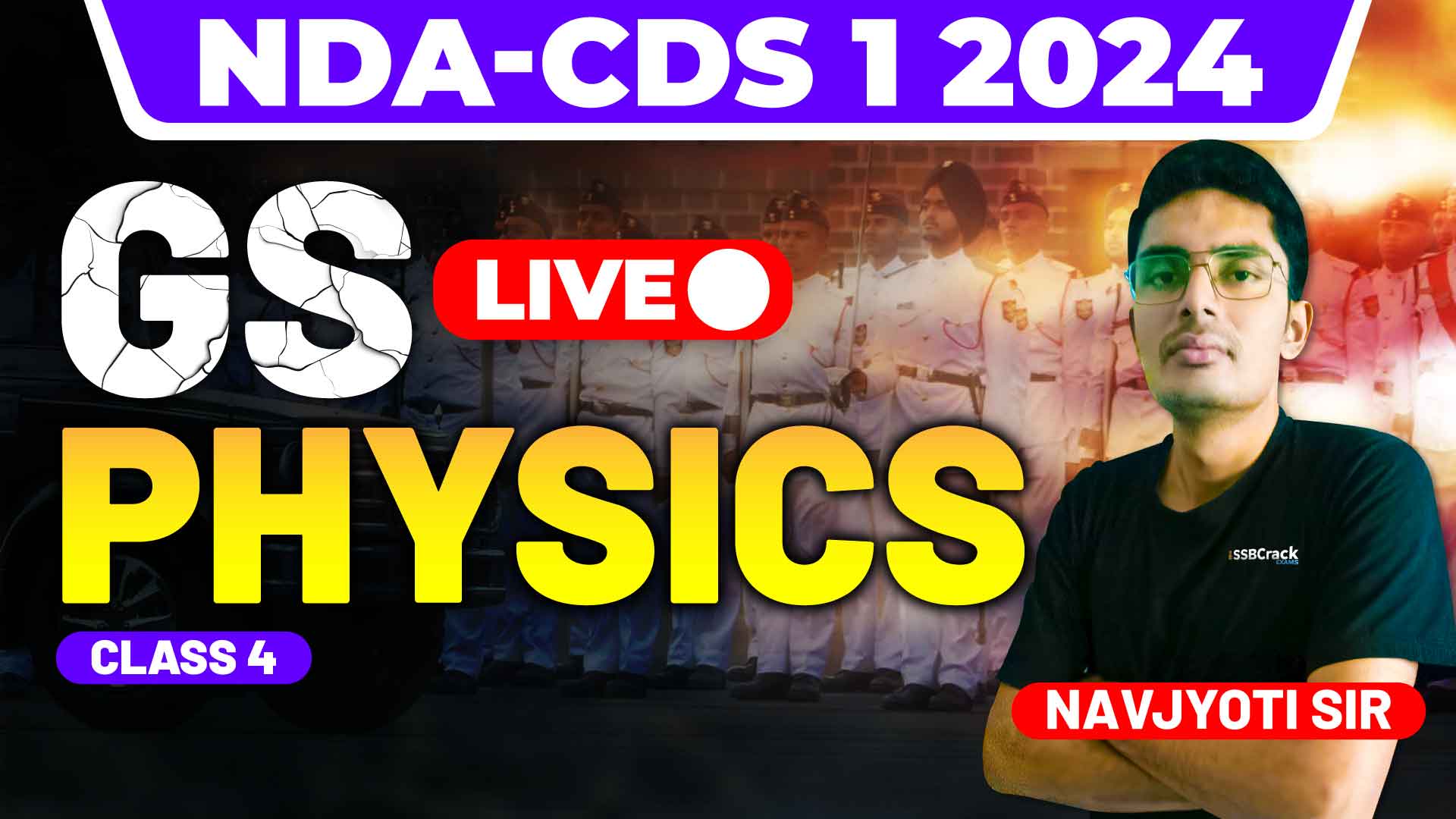Welcome to another session dedicated to preparing you for the NDA & CDS 1 2024 Exam. In today’s class, we’ll delve into the fascinating world of waves and sound, covering important concepts such as types of waves, sound waves, speed of sound, reverberation, and the human ear. We’ll reinforce our understanding through Multiple Choice Questions (MCQs) to ensure a thorough grasp of these topics.
Understanding Waves
Waves are an integral part of the physical world, manifesting in various forms and playing crucial roles in our daily lives. Let’s start by exploring the different types of waves:
1. Mechanical Waves:
- Mechanical waves require a medium, such as air, water, or solids, to propagate. Examples include water waves and sound waves.
2. Electromagnetic Waves:
- Electromagnetic waves can travel through a vacuum and do not require a medium. Examples include light waves, radio waves, and microwaves.
Sound Waves:
- Sound waves are a type of mechanical wave that propagates through a medium, typically air.
- These waves consist of compressions and rarefactions, where molecules are alternately pushed together and pulled apart.
Speed of Sound:
- The speed of sound varies depending on the medium through which it travels. In dry air at room temperature, sound travels at approximately 343 meters per second.
- Factors such as temperature and altitude can affect the speed of sound.
Reverberation:
- Reverberation refers to the persistence of sound after the original sound source has stopped. It occurs due to multiple reflections of sound waves off surfaces in an enclosed space.
- Reverberation can affect the clarity and quality of sound, especially in enclosed environments such as auditoriums.
The Human Ear:
- The human ear is a remarkable organ responsible for detecting and processing sound waves.
- It consists of three main parts: the outer ear, middle ear, and inner ear.
- Sound waves enter the ear through the outer ear, are amplified in the middle ear, and are converted into electrical signals in the inner ear by the cochlea.
Conclusion
In the class, we’ve explored essential concepts related to waves and sound, including types of waves, sound waves, speed of sound, reverberation, and the human ear. Understanding these concepts is crucial for success in the NDA & CDS 1 2024 Exam. Keep practicing, stay focused, and approach the exam with confidence!


















